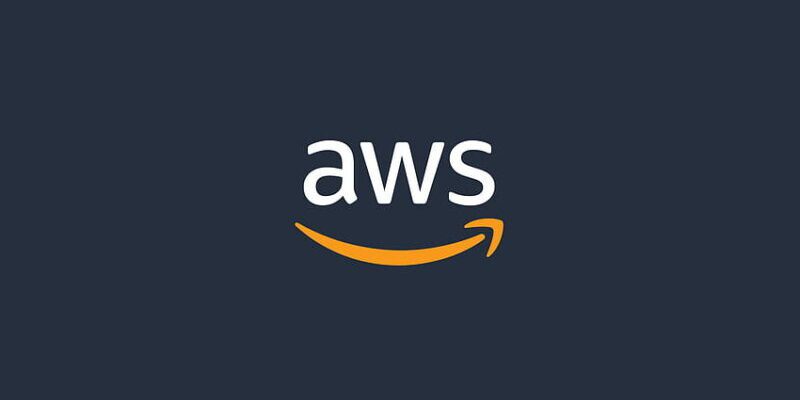Is AWS Chalice the Future of Serverless Web Applications or Another Overhyped Framework?

AWS Chalice is a Python Serverless Microframework developed by Amazon Web Services (AWS). It allows developers to quickly create and deploy serverless applications to AWS Lambda and API Gateway.
Chalice simplifies the building of serverless applications by providing a simple yet powerful API for creating AWS Lambda functions and configuring API Gateway endpoints. With Chalice, developers can create serverless applications using familiar Python tools and libraries, making it easy to get started with serverless computing.
Some of the critical features of Chalice include:
- Simple and intuitive API: Chalice provides a simple yet powerful API for creating AWS Lambda functions and configuring API Gateway endpoints. Developers can easily define routes and specify the tasks invoked for each path.
- Integration with AWS services: Chalice integrates with other AWS services such as Amazon S3, Amazon DynamoDB, and Amazon SQS, making it easy to build complex serverless applications.
- Deployment automation: Chalice provides tools for automating the deployment of serverless applications to AWS, making it easy to create, test, and deploy applications streamlined.
Chalice is a powerful tool for developers building serverless applications using Python and AWS Lambda.
Here are some advantages and disadvantages of using AWS Chalice:
Advantages:
- Easy to use: AWS Chalice has a simple and intuitive API that makes it easy to define serverless functions and APIs. This lets developers start quickly and focus on building their application logic rather than on infrastructure.
- Pythonic: Chalice is a Pythonic framework that allows developers to use familiar Python tools and libraries to build serverless applications. This reduces the learning curve for developers and will enable them to use their existing Python skills.
- AWS Integration: AWS Chalice integrates with other AWS services, such as Amazon S3, Amazon DynamoDB, and Amazon SQS. This makes it easy to build complex serverless applications that can leverage the power of AWS.
- Deployment automation: Chalice provides tools for automating the deployment of serverless applications to AWS, making it easy to create, test, and deploy applications streamlined.
Disadvantages:
- Limited language support: AWS Chalice only supports Python, which may be a limitation for teams that prefer to work with other programming languages.
- Limited customizability: Chalice is designed to be simple and easy to use, so it may not provide the same level of customizability and control as other serverless frameworks.
- Lock-in: AWS Chalice is tightly coupled with AWS services, which may make it difficult to switch to another cloud provider in the future.
- Limited community support: As a relatively new framework, AWS Chalice has a smaller community of users than more established serverless frameworks like the Serverless Framework or Zappa. This may make finding support or resources for troubleshooting issues more difficult.
Other serverless frameworks can be used as an alternative to AWS Chalice. Here are some popular options:
- Serverless Framework: The Serverless Framework is a popular open-source framework for building serverless applications. It supports multiple cloud providers, including AWS, Azure, and Google Cloud, and allows developers to define serverless functions and APIs using a simple and consistent syntax.
- Zappa: Zappa is a Python framework for deploying serverless applications to AWS Lambda and API Gateway. It automates the deployment process and provides a simple way to create and manage serverless functions and APIs.
- Apex: Apex is a framework for building, deploying, and managing AWS Lambda functions. It provides a simple and intuitive API for defining processes and allows developers to manage multiple tasks in a single project.
- Claudia.js: Claudia.js is a Node.js framework for deploying serverless applications to AWS Lambda and API Gateway. It simplifies deploying and managing serverless functions and provides a simple API for defining processes and APIs.
These frameworks offer similar functionality to AWS Chalice and can be used as an alternative depending on the specific needs and requirements of the project.